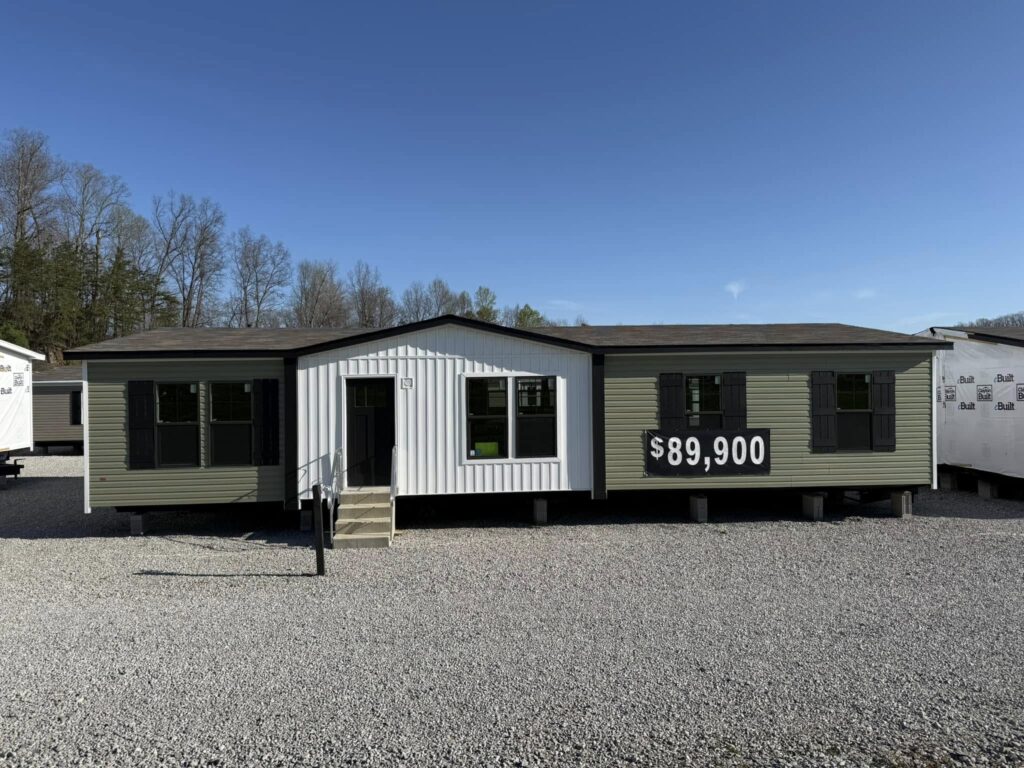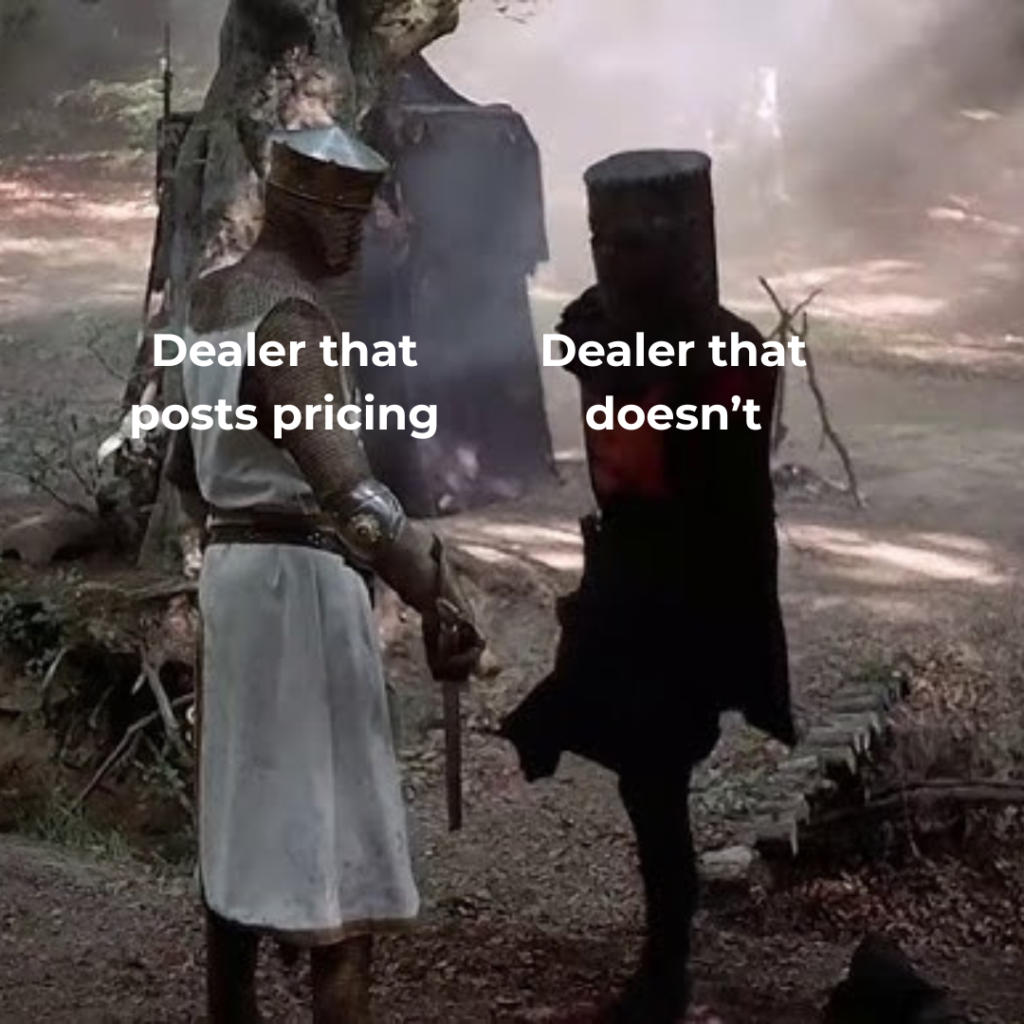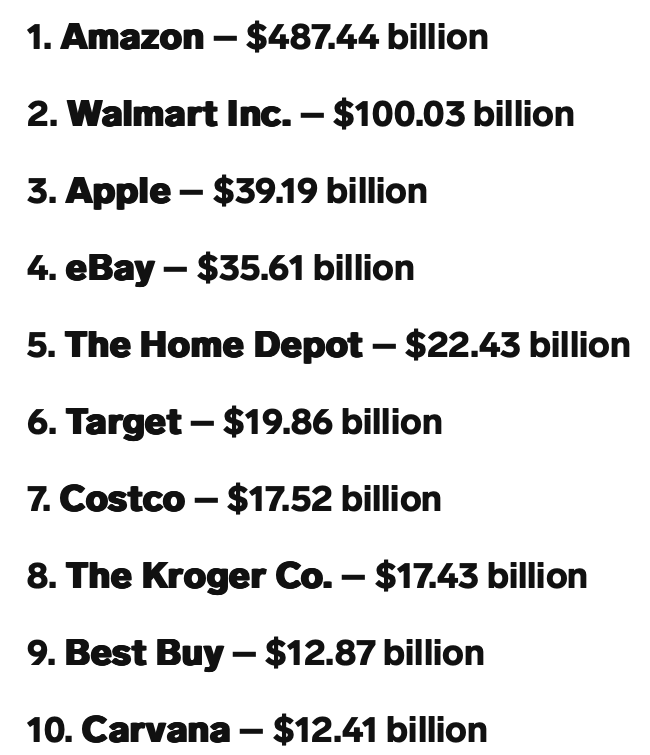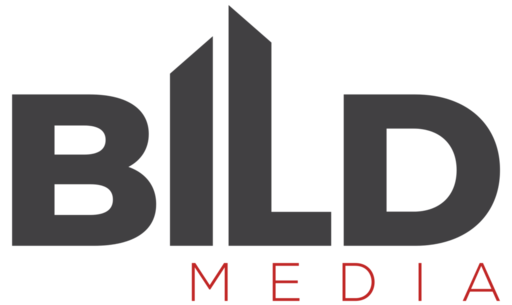Do you publish your prices on your website, your social pages, and with banners on your homes?

If you answered ‘yes’, well done. I bet that strategy is paying off well.
If you answered ‘no’, I’ve got a question for you. Which of the two sentences below have you heard before?
1. If you have to ask the price, you can’t afford it.
2. If you have to ask the price, it’s very affordable.
We’ve all heard #1, but have you ever heard #2? I sure haven’t. If it’s a common perception that unpriced items are expensive, why is the affordable housing industry so resistant to transparently pricing its homes?
If you’re not publishing pricing, you’re not just fighting with one arm tied behind your back, you’re fighting with two missing arms, a missing leg, and a helmet over your head. Have you ever seen ‘Monty Python and the Holy Grail? If you’re still trying to keep your prices a secret, you’re the guy hopping on his one good leg, and your competition is the white knight. And we all know how that ended…

Don’t get me wrong. I understand why publishing pricing is difficult. You’ve got variable delivery/set costs, wholesale prices changing with no warning, competition trying to undercut you, and a large percentage of buyers that don’t understand how pricing works. Navigating all that can be a HUGE pain.
So yeah…it’s hard to do. However, oftentimes the hard thing to do is the best thing to do. And that is the case when it comes to pricing your homes.
In today’s digital world of immediately accessible information, buyers expect to know everything about a purchase before they even engage with the business to make that purchase. They want to know the specs, the features, the size, the manufacturer, and yes, the price.
Here’s a list of the largest retailers in the US in terms of online sales volume. Every single one of these retailers has clear, transparent pricing. Whether it’s a $5 bottle of shampoo, or a $95,000 truck from Carvana. The price is clear, up front, and non-negotiable.

If a buyer doesn’t see a price, there is an immediate feeling of distrust. Put your self in the buyer’s shoes: If every business they interact with can price their products, why can’t a manufactured home retailer?
Don’t believe me? Here’s some proof. We ran two nearly identical lead generation ad campaigns for one of our clients, and the ONLY difference between the two was a published price. Same brand, same targeting, same copy, same images, etc.
And the results?


See the difference? In this instance, the ad that inlcuded pricing had a 70% lower cost per lead ($2.85 vs $9.57). Less that $3 per lead is a heck of a deal!
Though pricing out your inventory can be difficult, there is some good news. Buyers don’t seem to care too much how it’s priced. Whether you price out the base delivery/set in a radius, do home only pricing, or post a price range, buyers seem to react in a similar way. Buyers don’t necessarily want the exact price – they just want to know an apporoximate number.
If you’re still on the fence, here’s something you can try. Just price out your older models. Put those prices on your website, run some ads on social media, throw out a couple email marketing campaigns, and see how it works. If it backfires, feel free to respond to this and tell me how wrong I am. : ) But if it does work, start adding the price to more homes. I think you’ll be very pleased with the results.
If you’d like to have a conversation about where your marketing could improve, I’d love to help. Click the button below to schedule a FREE discovery call. This isn’t a sneaky sales call, or a bait and switch maneuver. It’s a simple call to see where you can improve your marketing. I’ll look at the business with you, and let you know how I think you can improve your marketing. There is zero cost.
